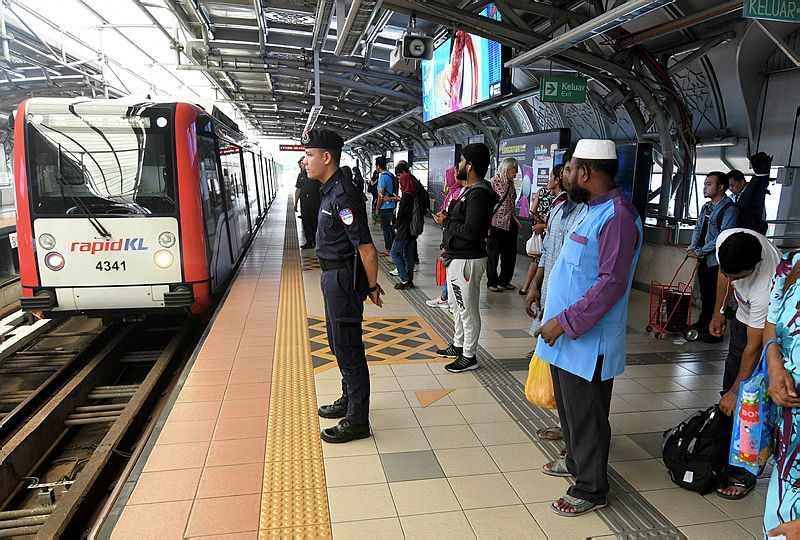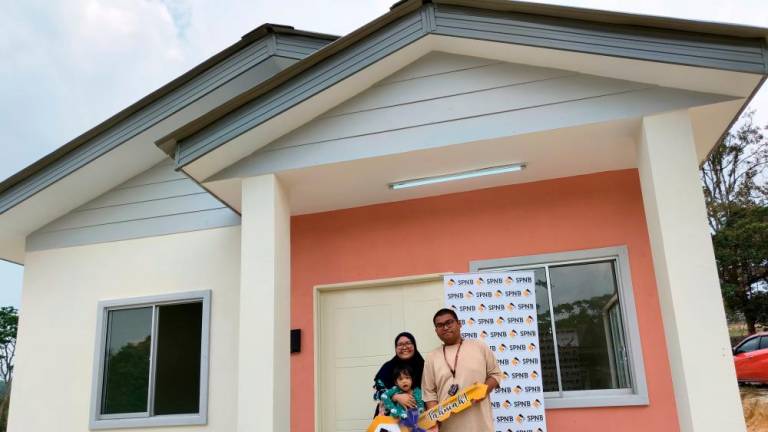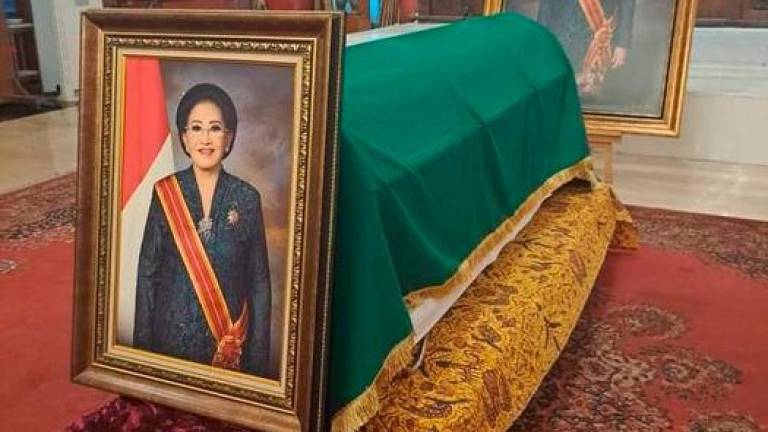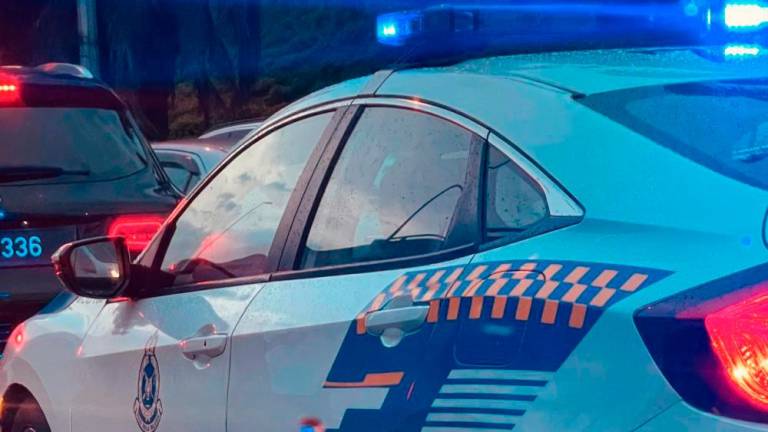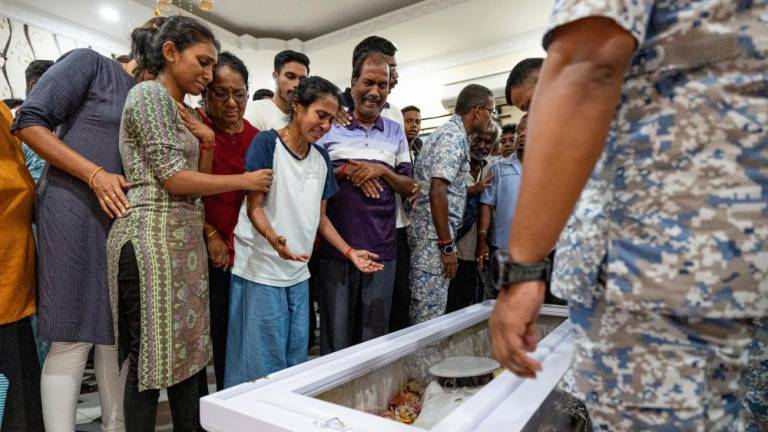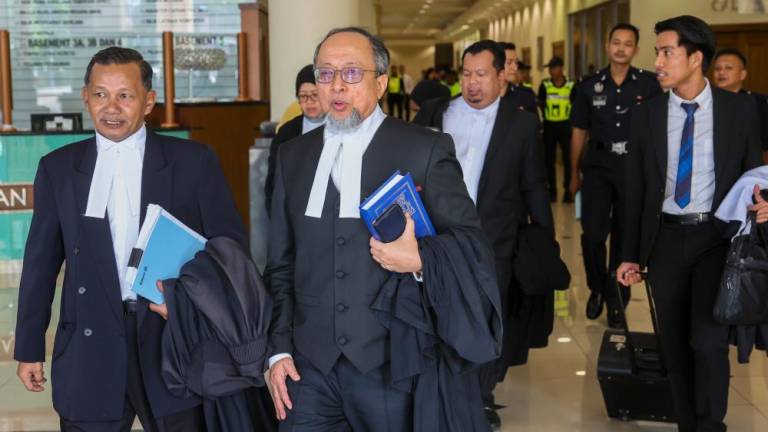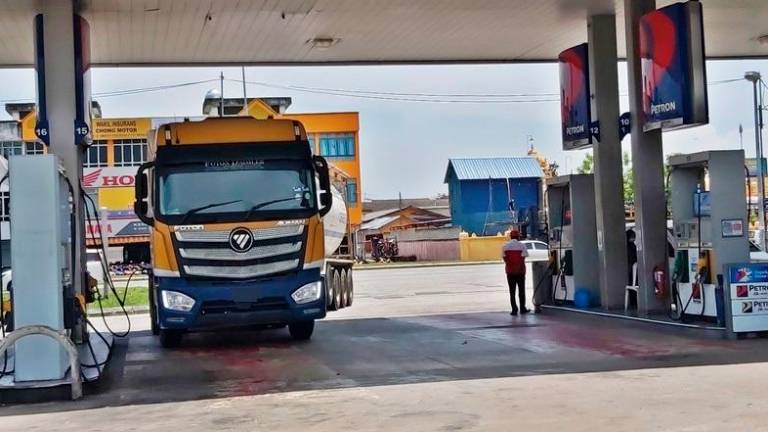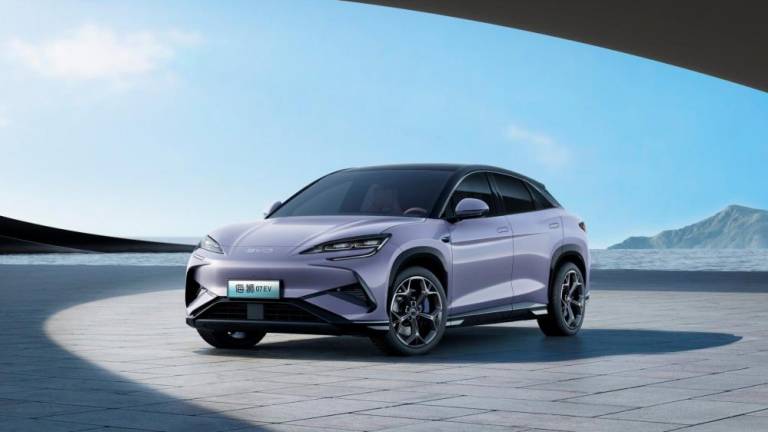KUALA LUMPUR: As the name suggests, the congestion tax proposed by the government can benefit Malaysians by reducing overcrowding on roads, while improving the quality of life for millions of city dwellers once implemented.
This augurs well for Kuala Lumpur City Hall’s ambition of a 20% cut in carbon emissions by 2022.
However, as the country embarks on this new journey, long implemented in other developed countries such as the United Kingdom, Singapore and Hong Kong, concerns have arisen in terms of its implementation and quality of public transportation, which are vital towards helping reduce the current heavy traffic flow.
There needs to be a seamless public transportation system involving buses and inter-city rail connectivity for the congestion tax to have a positive impact on traffic flow and the environment.
More than buses, the rail systems is obviously a better option, as it is not just more environmentally friendly, but also one of the safest transportation modes.
A contributing factor to the success of rail transport in developed countries is high environmental awareness, something which the government must create among Malaysians.
“Last mile connectivity at city train stations is still lacking. With people needing to get to work or their destinations on time, unreliable transportation modes would be avoided.
“Nowadays, you can see the roads are getting more congested going into Kuala Lumpur, and not everyone can take earlier trains, to go to work, due to other daily routines,” Thought Partner Group Malaysia group managing partner Abi Sofian Abdul Hamid told Bernama.
He said if connectivity is bad or the public transportation service unreliable, people would start driving, as they believe they have better control of time. Our road capacity is simply not adequate,” he added.
Currently, the Klang Valley is seeing a number of major rail projects that will boost rail services, namely the Light Rail Transit 3 (LRT3) and Mass Rapid Transit 2 (MRT2) projects, with a combined value of RM40 billion.
The projects are scheduled for completion by February 2024 (LRT3) and July 2021 (MRT2).
The RM1.4 billion Klang Valley Double Track (KLDT) phase 1 project is expected to be completed before end-2020 and is expected to reduce point-to-point train travel times for the KTM Komuter to 7.5 minutes from the current 15 minutes.
The project will also alleviate problems such as delays and cancellations due to failure and derailment, especially when most of the KTM track network is older than 20 years.
The KVDT phase 1 covers the upgrading of 43km of rail tracks, stretching from Rawang to Salak Selatan and from Sentul to Simpang Port Klang near the Mid Valley Mall.
Meanwhile, Phillip Capital Management senior vice-president (Investment) Datuk Dr Nazri Khan Adam Khan said as Malaysia aimed to become a world class economy, the local transportation network should also evolve and emerge to become more efficient than before, including last mile connectivity.
“Although the World Economic Forum has ranked the Malaysian public transport system in the top 20s for the last three years, I believe we need to improve further.
“We have a good MRT, LRT and train system, but I think for the last mile connection, we are still not there yet. We probably need to consider fast commuting transportation such as high-speed trains that connects different cities,” he said.
Hence, Nazri believed that it would be possible to implement the congestion tax in Malaysia, provided issues with public transportation and last mile connectivity are resolved.
“We need to get the right formula to do this. We can learn from developing countries that have implemented it (the congestion tax) successfully,” he said.
A quick check on the current public transportation services revealed that from 2008 to 2017, the KTM Komuter ridership peaked in 2015 with 49.69 million passengers, the LRT Kelana Jaya Line recorded its highest ridership in 2017 with about 83.58 million passengers and the LRT Ampang line hit 63.27 million passengers in 2014.
According to Rapid Rail Sdn Bhd, the Kelana Jaya line was the busiest and most popular LRT line with an average 290,000 riders on weekdays. The Ampang Line has a ridership of 190,000 on average on weekdays, while the MRT and Monorail has about 160,000 and 36,000 users.
At present, the KL Monorail line is serviced with five sets of two car-trains with an average ridership of 37,093 passengers daily, compared with 71,943 in 2015, 63,614 in 2016 and 48,748 in 2017.
Last month, the government announced its proposal to replace toll charges at four major highways with a congestion charge and said the move could save taxpayers billions of ringgit.
It is to hold discussions with Gamuda Bhd to acquire four highway concessions, namely the Damansara Puchong Expressway (LDP), Sprint Highway, Shah Alam Expressway (Kesas) and the SMART Tunnel.
Gamuda has significant stakes in highway concessions -- 70 per cent in Kesas, 52 per cent in Sprint, 50 per cent in SMART and 44 per cent in Litrak.
Finance Minister Lim Guan Eng was reported to have said the acquisition exercise for these highways at a “fair and reasonable” price would also save taxpayers from having to pay compensation of about RM5.3 billion to the toll concessionaires.
Echoing this, Nazri opined that there should be a favourable price for the highway operators on a “willing buyer willing seller” basis.
“Currently, shares of Gamuda and its partners that own highway concessions are bearish.
“This likely continues for at least six months until the government completes its discussions with Gamuda and finalises the legal, regulatory and financial requirements (for the takeover of the highways),” he said. — Bernama



